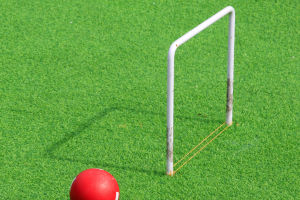Roller skating combines sport and entertainment, with a long history and wide appeal.
Whether as a way to keep fit or as a social activity, roller skating has been loved by people in different eras.
From the earliest designs to today's complex roller skates, the sport has continued to evolve and still maintains its unique charm.
The history of roller skating can be traced back to 18th-century Europe. Dutch inventor Joseph Merlin invented the earliest roller skates, who mounted small wheels on wooden boards to imitate ice skating. This primitive design was not perfect, but it laid the foundation for roller skating.
Over time, the design of roller skates gradually improved, especially in the early 19th century, when the wheels changed from a single row to a double row, greatly improving balance and handling.
Modern roller skating ushered in a huge development in the 20th century. Especially in the 1970s and 1980s, driven by popular culture, roller skating venues and skates became popular gathering places for teenagers and adults.
Roller skating is not just about gliding but has become a social activity, accompanied by music and dance. At the same time, roller skating has gradually evolved into various forms, including racing roller skating, figure skating, freestyle roller skating, etc., making the sport more diverse and challenging.
Today, roller skating is still a popular sport, especially in urban environments. For those seeking fitness and entertainment, roller skating provides a low-impact full-body exercise.
Roller skating not only helps improve cardiovascular fitness but also exercises leg, core, and hip muscles while improving coordination and balance. Compared with running, roller skating has less impact on joints, making it a preferred exercise for many people, especially those seeking to lose weight or stay in shape.
The types of roller skating are also very diverse, and suitable for people of different ages and interests. Children and beginners usually use a four-wheeled skateboard, providing more stability.
For more experienced skaters, inline skates have become the first choice for challenging skills and speed. With the development of technology, the design of roller skates has become more and more advanced, and lightweight materials and high-quality wheels allow skaters to experience smooth gliding on various terrains.
Not only that, roller skating has also occupied a place in extreme sports. Skaters challenge their limits by performing complex tricks such as jumps, spins, and gliding movements on city streets and in skate parks. These extreme sports require not only superb skills but also courage and creativity, attracting the attention of many young people.
At the same time, roller skating remains a very social activity in communities worldwide. Many cities have dedicated roller skating venues and clubs where people can meet, learn skills, and even participate in competitions.
Especially in the summer, roller skating has become an ideal choice for outdoor activities, where people can enjoy the fun of skating in parks, squares, or along the seaside promenade.
The rise of social media has also helped the spread of roller skating culture around the world, and many people have further promoted the sport by sharing their skating videos.
Roller skating is not only a physical sport, but also an experience that can bring joy and a sense of freedom. During the skating process, people can feel the lightness of the wind passing by their ears, especially in the open space outdoors, the joy brought by roller skating is indescribable.
This freedom and fluidity have made many people addicted to roller skating, whether as a way to practice alone or as a social activity with friends, roller skating can make people feel unique joy.


